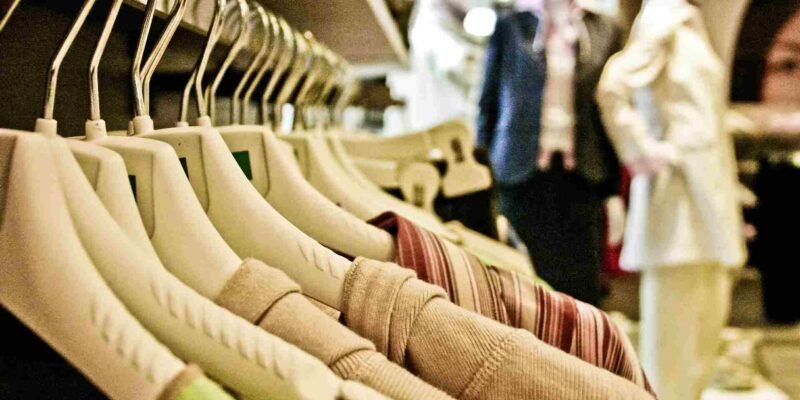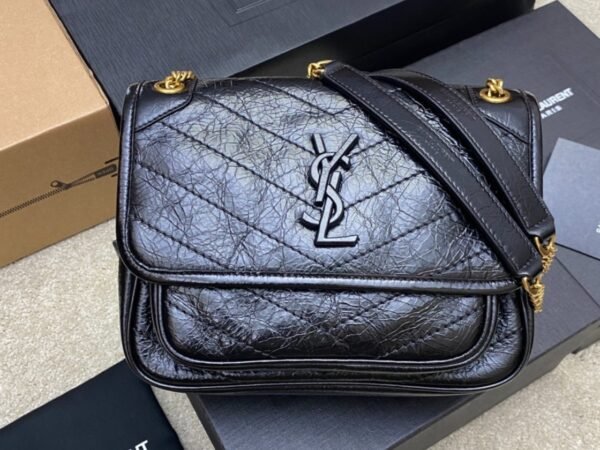In the fast-paced world of fashion, trends evolve swiftly. With a growing focus on sustainability and a desire for apparel, custom-made fashion has emerged as a solution. This approach allows customers to personalize their clothing, ensuring a fit while minimizing material waste. Thanks to advancements in technology, custom-made fashion is transforming the landscape. This article explores how personalized clothing reshapes retail by offering tailored experiences and adapting to evolving consumer preferences.
Personalization: A Unique Clothing Journey
Traditional retail often involves buying made garments that may not always fit well or match individual style preferences. In contrast, custom-made fashion bridges this gap by providing a personalized experience with the help of order-based printing solutions. Whether through platforms or physical stores, customers can choose from various options, including fabric, color, style, and embellishments. This level of customization empowers individuals to wear garments that genuinely express their tastes and personality.
Furthermore, made clothing offers a range of sizes compared to standard off-the-shelf apparel.
Customers with different body shapes no longer have to settle for fitting clothes or rely on expensive tailoring services. Instead, they can provide measurements and receive custom-made garments that fit them perfectly.
Sustainability: Minimizing Fashion Waste
The fast fashion industry harms the environment through its large-scale production and disposable practices. Clothes are often manufactured in large quantities without considering demand, leading to unsold stock that ultimately ends up in landfills. Moreover, mass-produced garments need more durability as they prioritize trends over lasting quality.
Custom-made fashion addresses these issues directly by transitioning to a personalized approach. Producing clothing upon customer orders reduces waste generated from surplus production. Furthermore, the customized touch ensures buyers invest in pieces they genuinely adore and intend to wear for years, discouraging purchases and promoting consumer behavior.
Enhanced Inventory Management: Beneficial for Retailers Bottom Line
Traditionally, retailers maintain inventory levels to meet consumer demands promptly. Accurately predicting market trends proves challenging, resulting in stock that ties up resources and causes financial strain. Customized innovation solves this problem by enabling retailers to operate with stock.
In fashion, retailers can maintain materials instead of ready-made clothes in inventory, thus reducing expenses for excess production and expensive storage facilities. This streamlined inventory management approach enhances business cash flow while lessening its impact.
Enhancing Customer Relationships: The Importance of Personalization
A benefit of fashion is the superior customer experience it provides. By involving customers in the design process and allowing them to express their style preferences, brands forge bonds with their target audience. Consumers value being part of the journey and influencing how their attire is crafted.
Furthermore, brands offering products have opportunities to engage with customers post-purchase. Gathering preference feedback enables them to improve designs effectively and promptly handle concerns. This open dialogue nurtures and motivates shoppers to advocate for the brand, ultimately fueling business expansion.
Addressing Challenges: Ensuring Efficiency and Scalability
Despite advantages for both customers and retailers, some obstacles must be overcome in fashion to ensure production efficiency and scalability.
In fashion, cutting-edge technologies, like three scanning, are now being utilized to ensure measurements move away from relying solely on customers’ self-reported sizes. This guarantees that tailor-made clothing fits flawlessly each time it’s worn.
Additionally, streamlining production processes with automation reduces the time needed to order and receive garments. Employing AI algorithms can simplify stages of garment manufacturing, including designing patterns, cutting fabrics, and ensuring quality standards.
In Summary
The emergence of fashion is transforming the landscape by providing customers with unmatched customization opportunities and sustainable alternatives. This innovative approach empowers individuals to actively participate in the design process while lessening waste and inventory challenges for retailers. Furthermore, brands focusing on made-to-order items can nurture customer connections through tailored experiences and ongoing interactions post-purchase. With technology progressing, addressing the hurdles of efficiency and scalability will further elevate the potential of fashion as a prevalent model in the future.
Also Read Interesting articles at Disboard













